Shank pilot hole?
graywings123
14 years ago
Related Stories
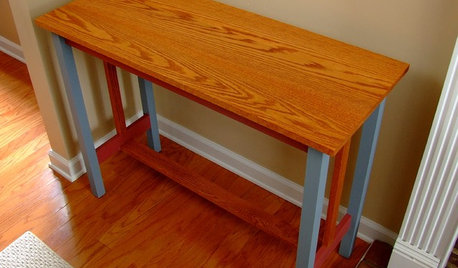
DIY PROJECTSPocket Hole Joinery, the Beginning Woodworker's Best Friend
Make a wide range of sturdy wooden pieces with just this little bit of know-how
Full Story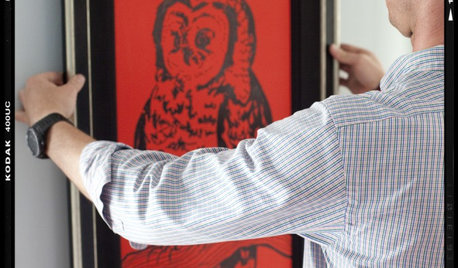
DECORATING GUIDESDecorating Secrets: Picture-Perfect Way to Hang Art
Save your drywall with these easy steps for hanging framed pieces
Full Story
EARTH DAYHow to Help Your Town’s Beneficial Birds and Bugs
Make a habitat using local materials to provide a home to the creatures that help our gardens
Full Story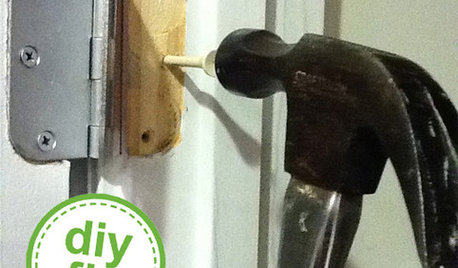
REMODELING GUIDESQuick Tip: Use a Golf Tee to Fix a Door Hinge
Tighten up your loose door hinge with a surprising steal from your golf bag
Full Story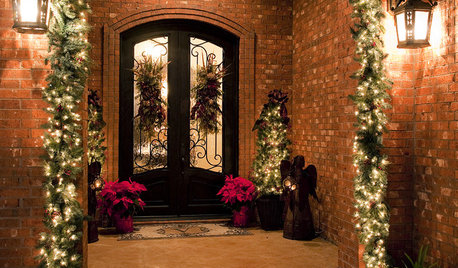
MOST POPULARA Contractor's Secrets to Hanging Holiday Decor
Hang a wreath or garland on brick, concrete, Sheetrock or wood the professional way — and avoid the potential pitfalls
Full Story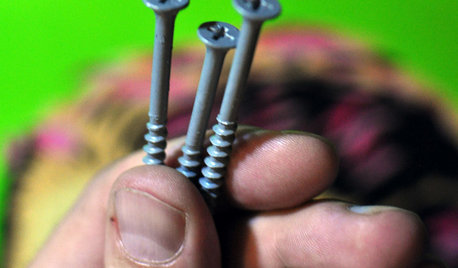
DIY PROJECTSThe Taming of the Screw
Learn the different types and uses of screws to pick the right kind for your next DIY or home improvement project
Full Story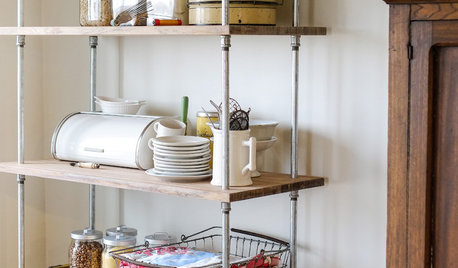
DIY PROJECTSStorage Shortage? Make an Industrial-Style Shelving Unit
Outfit your kitchen, basement or garage with handy new shelves to help keep your stuff neat and within reach
Full Story
LIFE6 Ways to Cool Off Without Air Conditioning
These methods can reduce temperatures in the home and save on energy bills
Full Story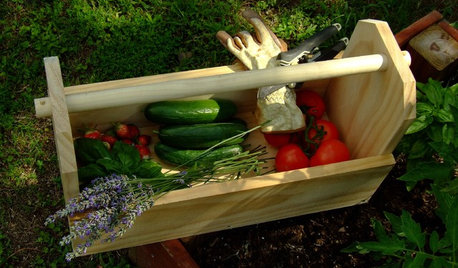
DIY PROJECTSNeat Little Project: Make a Simple Garden Tote
Build a handy harvest helper with just a few pieces of wood and some common tools
Full Story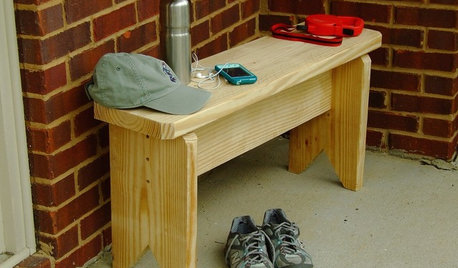
DIY PROJECTSNeat Little Project: Create a Simple Entry Bench
Fill small niches with your own handiwork, a useful and versatile bench you can make in an afternoon
Full Story







User
graywings123Original Author
Related Professionals
Cloverly Kitchen & Bathroom Remodelers · Omaha Kitchen & Bathroom Remodelers · De Luz General Contractors · Irving General Contractors · Klahanie General Contractors · Newington General Contractors · Rocky Point General Contractors · Toledo General Contractors · Boulder Painters · Eagan Painters · Lansdale Painters · Mastic Beach Painters · Mastic Painters · Oak Lawn Painters · Pikesville Paintersbrickeyee
graywings123Original Author
sombreuil_mongrel
brickeyee
tim45z10